Style Breakdown: Minimalism
Minimalistic art is pared down, devoid of extraneous visual information, and often times geometric and linear. The goal is to strip back and to subtract, to reduce an artwork into its most essential, objective form. But what does minimalism mean for fashion? Should you take to an all-black avant garde wardrobe, or wear the same jeans and turtleneck each day à la Steve Jobs? Maybe. But we suggest a more pragmatic approach: build a cohesive wardrobe with less pieces and more combinations. Here’s a simple guide to minimalism that can serve as a starting point for your minimalist journey.
Color Scheme and Versatility



Choosing a few color schemes for your closet (monochrome, earth tones, brown and navy, etc.) will be extremely helpful when trying to buy pieces. It is much easier to get by with less clothes if you have more combinations. Ask yourself: Does the piece that I’m buying compliment the color scheme of my current closet? Buying a bright purple sweater might not be a great idea if your closet is predominantly earth-toned.
THE CLOTHES
Buy versatile pieces. A white button-down shirt works by itself in a business-casual outfit, layered under a sweater for colder weather, and of course with a suit. Keep your lifestyle in mind, too. Your tech internship probably won’t need you to own four 3-piece suits. Stick to solid colors, tried-and-true combinations, and clean-cut clothing.
Tops



Solid/striped colored t-shirts, button-downs, and sweaters can be worn alone or layered together. White, black, grey, earth tones, and blues are good starting points for the previously mentioned color schemes.
Bottoms





Slacks, colored chinos (navy, khaki, gray olive), black denim, and wool pants. Chino/twill shorts in the same colors. Pants should have no break and/or a clean cuff, and shorts should cut above the knee. A simple belt is fine, but a clean tuck with no belt will fully the embrace the minimalist style.
Shoes



Start with white sneakers and a pair of boots—black if you’re going monochrome, brown for most other color schemes. From there, determine if you need anything else. Maybe you need a pair of formal shoes for your busy lifestyle, or a pair of running shoes or beaters if you’re more active.
Outerwear

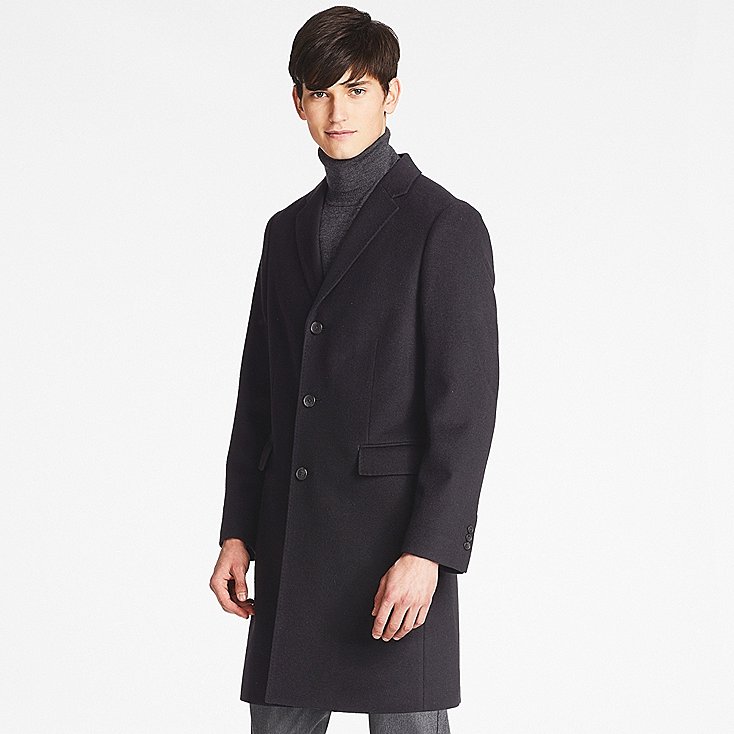


Raincoat, light jackets (denim, harrington, bomber), heavy jackets(peacoat, topcoat, parka). Find something that suits your climate; you can look amazing and still freeze to death.
Watches



Keep it simple, and keep your color scheme in mind. Gold accessories will look the best with warm tones (browns, reds, olives, earth tones), and silver ones with cool tones (blue, white, jewel tones).
BRANDS
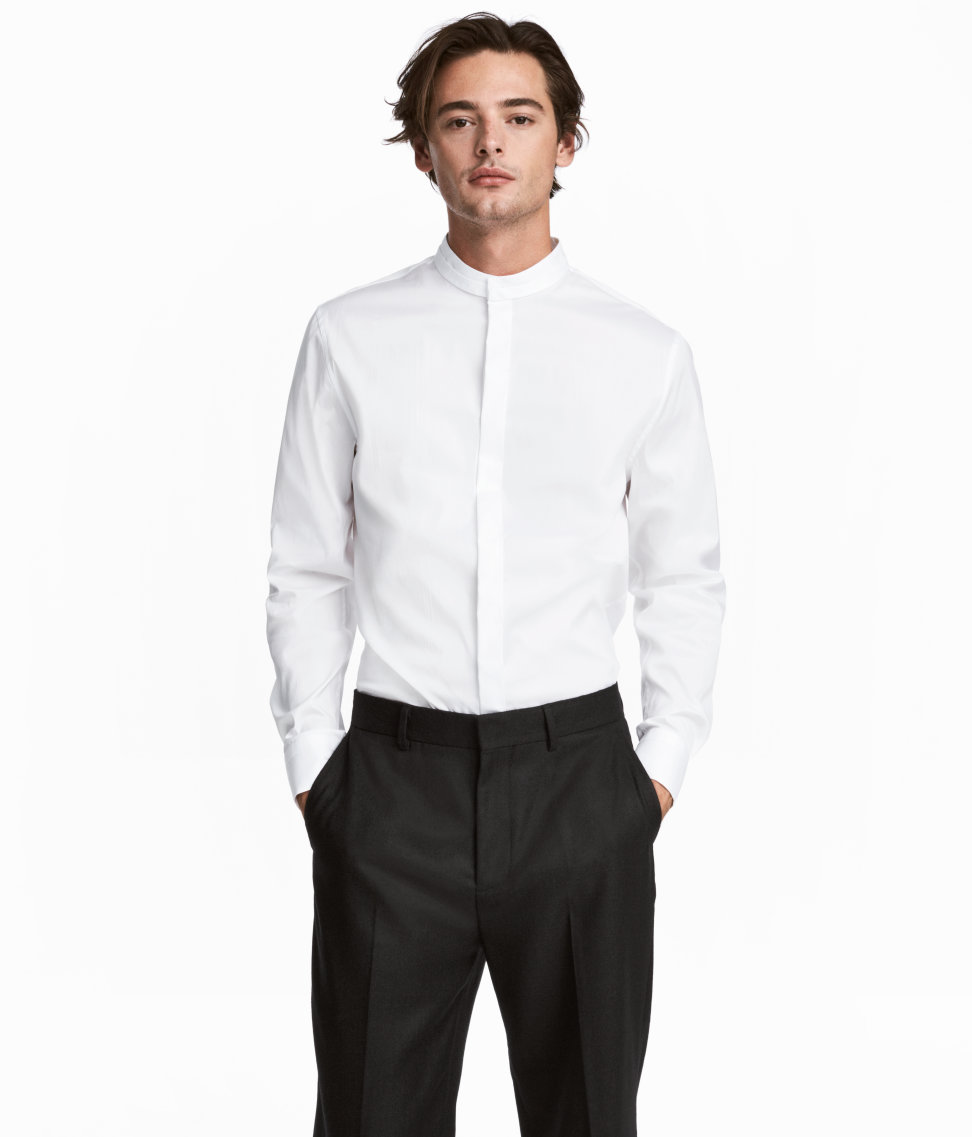
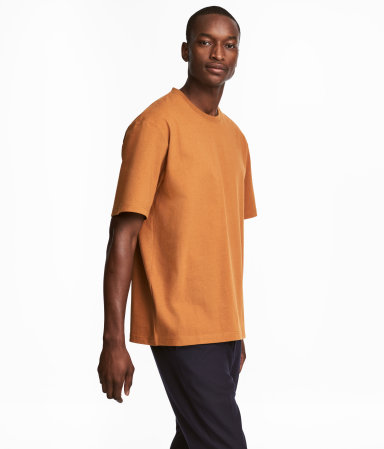










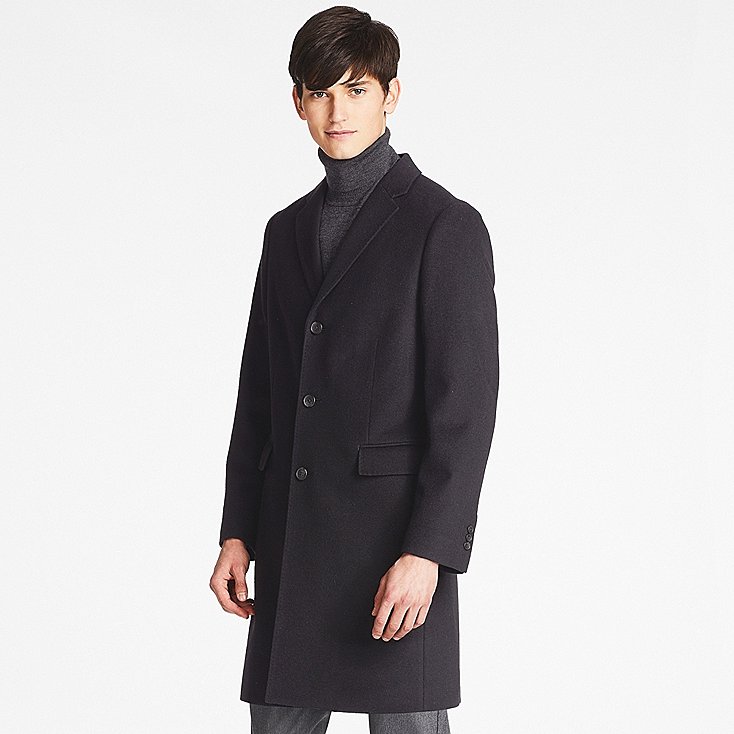


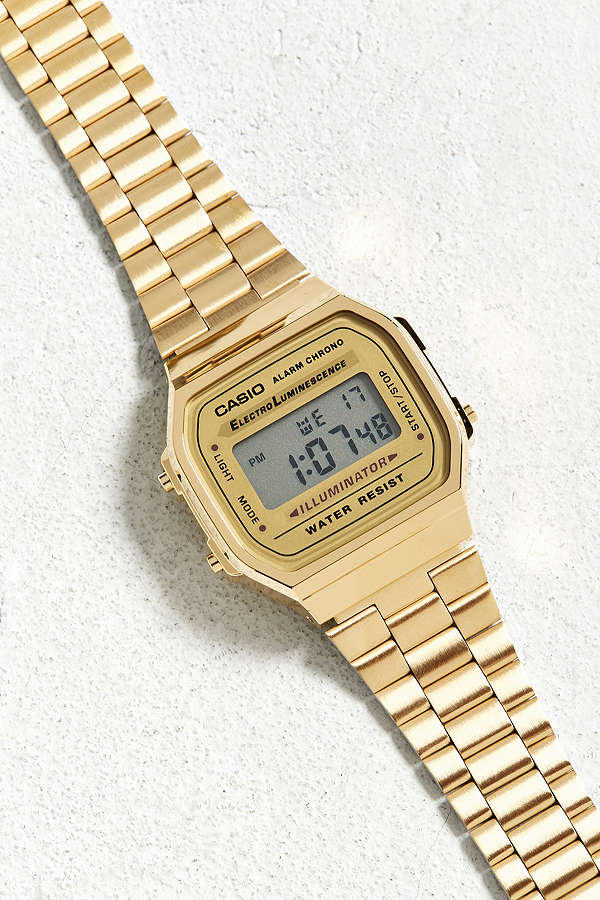

You’re going to want to look for minimally branded items. Since one of your aims is to reduce the number of visual elements in your outfits, opting for less branding is a must. If you’re on a budget, don’t be afraid to thrift. T-shirts and sweaters are easy finds at thrift stores, and if you keep your eyes peeled, you’ll be able to find clean jackets and even pants. Uniqlo, Target, Old Navy, and H&M are also great for finding the majority of your basics at an affordable price. If you’re looking to drop more money, Wings + Horns, Acne, John Elliott, Outlier, and Norse Projects all have higher priced options with a broader range of silhouettes and cuts. Remember though, the main focus is building a wardrobe that suits your needs. Brands come last.
CLOSING NOTES
Planning your purchases and thinking about your current/desired closet before shopping will make building your minimalist wardrobe effortless and will reduce the amount of money you spend in the long run. Once you’ve put together a solid closet you’ll have hundreds of outfits– each one of them simple and stylish. Getting dressed was never so easy.
Words By Brian Yin
